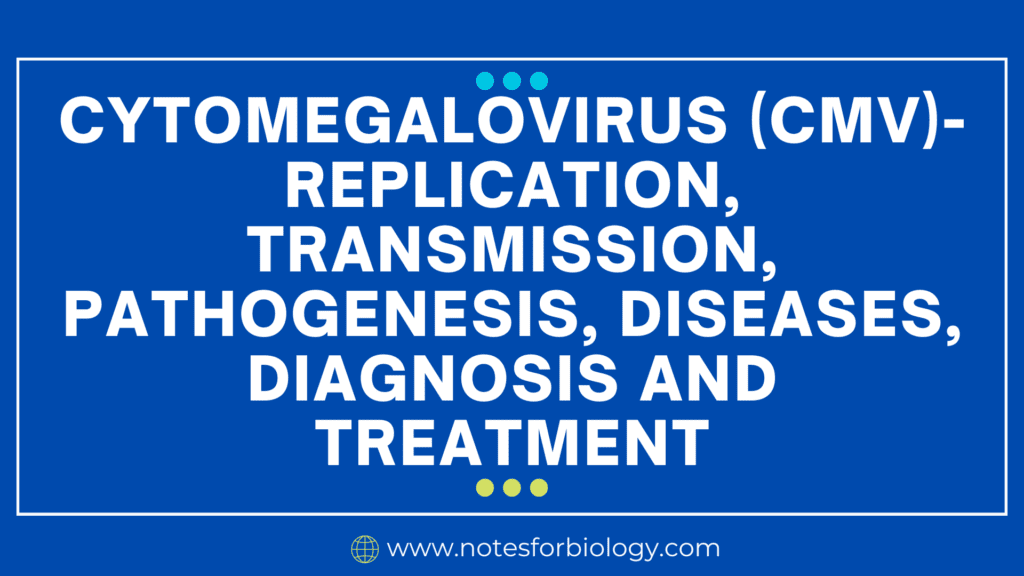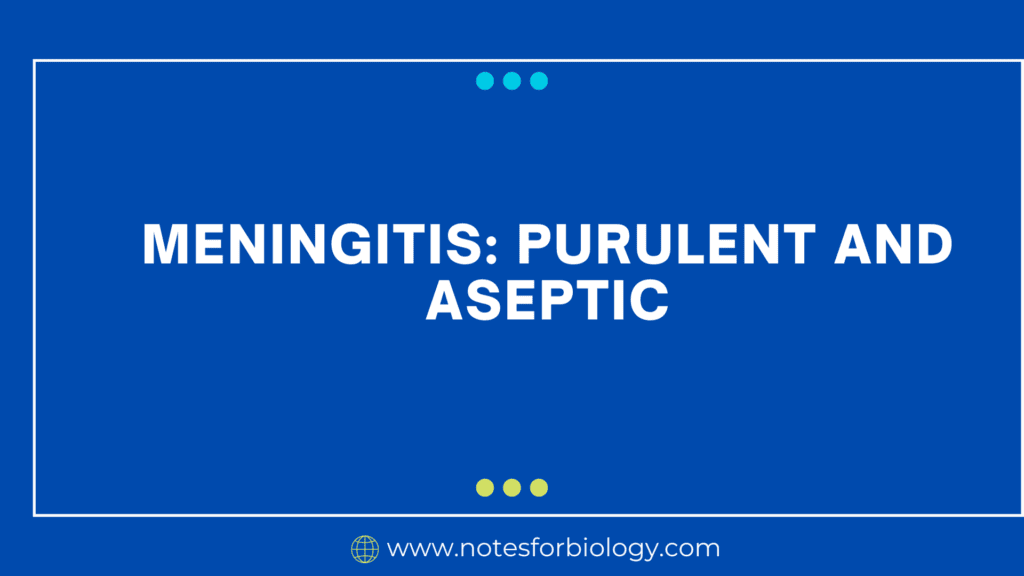Strongyloides stercoralis

Strongyloides stercoralis is a parasitic roundworm that infects humans and other animals. Unlike many other parasites, it has a unique life cycle that allows it to survive both inside and outside the body. Infection with Strongyloides can lead to a variety of symptoms, ranging from mild gastrointestinal issues to life-threatening conditions in people with weakened immune systems. In this explanation, we’ll explore the worm’s morphology, life cycle, pathogenesis, associated diseases, diagnosis, and treatment.
Table of Contents
Morphology of Strongyloides stercoralis
Strongyloides stercoralis is a small nematode (roundworm) with distinct adult, larval, and egg stages.

Adult Worms
Female: The parasitic female is slender and measures about 2-3 mm in length. These females live in the small intestine of the host and produce eggs asexually (without mating).
Male: Interestingly, parasitic males do not exist in the host. Males are only involved in the free-living form of the worm outside the host’s body, and they die after fertilizing free-living females.
Larvae
Rhabditiform Larvae: These are the early-stage larvae that hatch from eggs within the intestine. They are about 200-300 micrometers long. If excreted, they can develop into free-living adults or transform into infective filariform larvae.
Filariform Larvae: The infective form of the larvae is longer (around 500-600 micrometers). These larvae are designed to penetrate human skin and initiate infection.
Eggs: The eggs of Strongyloides stercoralis are rarely seen in feces because they typically hatch into larvae inside the intestines. The eggs are thin-shelled and much smaller than those of other parasites, measuring about 50-58 micrometers.
Life Cycle of Strongyloides stercoralis

The life cycle of Strongyloides stercoralis is remarkable because it can alternate between free-living and parasitic forms, allowing the worm to survive in the environment or inside a host.
Autoinfection: This unique feature allows the parasite to maintain a long-term infection in the host. In autoinfection, rhabditiform larvae can develop into infective filariform larvae within the host’s body, without being excreted. These infective larvae penetrate the intestinal wall or perianal skin, entering the bloodstream and beginning a new cycle of infection without ever leaving the host.
Direct Parasitic Cycle:
Infection: The cycle begins when filariform larvae in contaminated soil penetrate human skin. This usually happens when people walk barefoot on infected ground, such as in tropical or subtropical areas.
Larval Migration: After entering through the skin, the larvae travel through the bloodstream to the lungs. From the lungs, they migrate up the trachea (windpipe), are swallowed, and reach the small intestine.
Adult Worm Development: Once in the intestine, the larvae mature into adult females. These females embed themselves in the intestinal lining and produce eggs. The eggs hatch into rhabditiform larvae, which are either passed in the feces or develop into filariform larvae within the host for autoinfection.
Free-Living Cycle: If rhabditiform larvae are passed in the feces, they can live freely in the soil, where they mature into adult male and female worms. These worms reproduce sexually, and the offspring can develop into infective filariform larvae, ready to infect another human host.
This dual life cycle—both parasitic and free-living—makes Strongyloides stercoralis a particularly resilient and dangerous parasite.
Pathogenesis
The pathogenesis of Strongyloides stercoralis infection varies depending on the host’s immune status. There are three key phases where the parasite can cause damage:
Skin Penetration: When filariform larvae enter through the skin, they can cause irritation and itchy red rashes. This is often referred to as “larva currens” or “creeping eruption,” which is a rapidly moving serpiginous rash that reflects the movement of larvae beneath the skin.
Larval Migration: As the larvae migrate through the body, they pass through the lungs, sometimes causing coughing, wheezing, or asthma-like symptoms. This phase is usually mild but can be more severe in immunocompromised individuals.
Intestinal Phase: Once the larvae reach the small intestine and mature into adult worms, they burrow into the intestinal lining. This can cause inflammation, damage to the intestinal wall, and malabsorption of nutrients. In mild cases, people may experience only slight abdominal discomfort or diarrhea. However, in severe cases, the damage can result in extensive intestinal symptoms, including chronic diarrhea, malnutrition, and even obstruction or perforation of the intestines.
The ability of Strongyloides to undergo autoinfection means the parasite can persist for decades in a host. In people with weakened immune systems, particularly those on corticosteroids or with HIV, autoinfection can lead to hyperinfection syndrome or disseminated strongyloidiasis, which is often fatal.
Diseases Caused by Strongyloides stercoralis
Strongyloides stercoralis infection can lead to a range of diseases and complications, depending on the immune status of the host:
Uncomplicated Strongyloidiasis:
This occurs in people with normal immune systems. Symptoms are often mild or absent, but chronic infection can cause gastrointestinal issues, such as abdominal pain, bloating, intermittent diarrhea, and constipation.
Skin manifestations like larva currens are common, particularly around the buttocks, thighs, and abdomen.
Hyperinfection Syndrome:
This serious condition occurs when the autoinfection cycle becomes uncontrolled, typically in immunosuppressed individuals (e.g., those on steroids or chemotherapy). The parasite rapidly multiplies and spreads throughout the body.
Symptoms include severe diarrhea, vomiting, weight loss, fever, and respiratory symptoms (cough, shortness of breath). Hyperinfection can lead to sepsis, pneumonia, and other life-threatening complications.
Disseminated Strongyloidiasis:
This is the most severe form of the infection, where larvae spread beyond the intestines and lungs to other organs, including the liver, kidneys, heart, and brain.
Disseminated strongyloidiasis is life-threatening and requires immediate medical intervention. Mortality rates are high, especially in cases of secondary bacterial infection (sepsis).
Diagnosis
Diagnosing Strongyloides stercoralis can be challenging because symptoms are often nonspecific, and the parasite can persist for years without causing noticeable illness. However, there are several methods used for diagnosis:
Stool Examination: The simplest and most common method involves examining stool samples for rhabditiform larvae. Multiple stool samples over several days may be needed because larvae are often excreted intermittently and in low numbers.
Serological Testing: Blood tests that detect antibodies to Strongyloides can be used, especially in cases where stool samples are negative. Serological testing is useful in diagnosing chronic infection, but it cannot distinguish between past and current infections.
Sputum Examination: In cases of hyperinfection or disseminated strongyloidiasis, larvae may be found in sputum (phlegm) as they migrate through the lungs.
Duodenal Sampling: In some cases, a sample from the upper intestine (duodenum) may be obtained through an endoscopy to look for adult worms or larvae.
PCR (Polymerase Chain Reaction): Molecular tests such as PCR, though not widely available, can detect the presence of parasite DNA in stool samples with high sensitivity.
Treatment
Treatment of Strongyloides stercoralis aims to eliminate the parasite completely and prevent complications like hyperinfection or disseminated disease. The two main drugs used are:
Ivermectin: This is the treatment of choice for strongyloidiasis. Ivermectin is highly effective in killing the adult worms and larvae. In uncomplicated cases, a single dose or a short course of ivermectin is usually sufficient, but longer or repeated treatments may be necessary for chronic or severe infections.
Albendazole: This is an alternative treatment, though it is generally less effective than ivermectin. Albendazole may be used when ivermectin is unavailable or when a patient has contraindications to ivermectin.
Hyperinfection or Disseminated Strongyloidiasis: In these severe cases, prolonged treatment with ivermectin is required, and treatment must continue until larvae are no longer detectable. Supportive care, including treating secondary bacterial infections, may also be necessary.
Prevention
Preventing Strongyloides stercoralis infection is challenging but critical, especially in endemic areas. Key preventive measures include:
Wearing Shoes: Since the larvae penetrate the skin, avoiding direct contact with contaminated soil by wearing shoes is an effective measure.
Proper Sanitation: Proper disposal of human feces and improved sanitation can significantly reduce the risk of infection.
Health Education: Educating at-risk populations about the importance of hygiene, particularly in avoiding skin contact with potentially contaminated soil, is crucial.
Screening and Treating High-Risk Individuals: Screening for Strongyloides infection before initiating immunosuppressive therapy in at-risk individuals can prevent hyperinfection and disseminated disease.
Frequently Asked Questions(FAQ)
Related Articles




